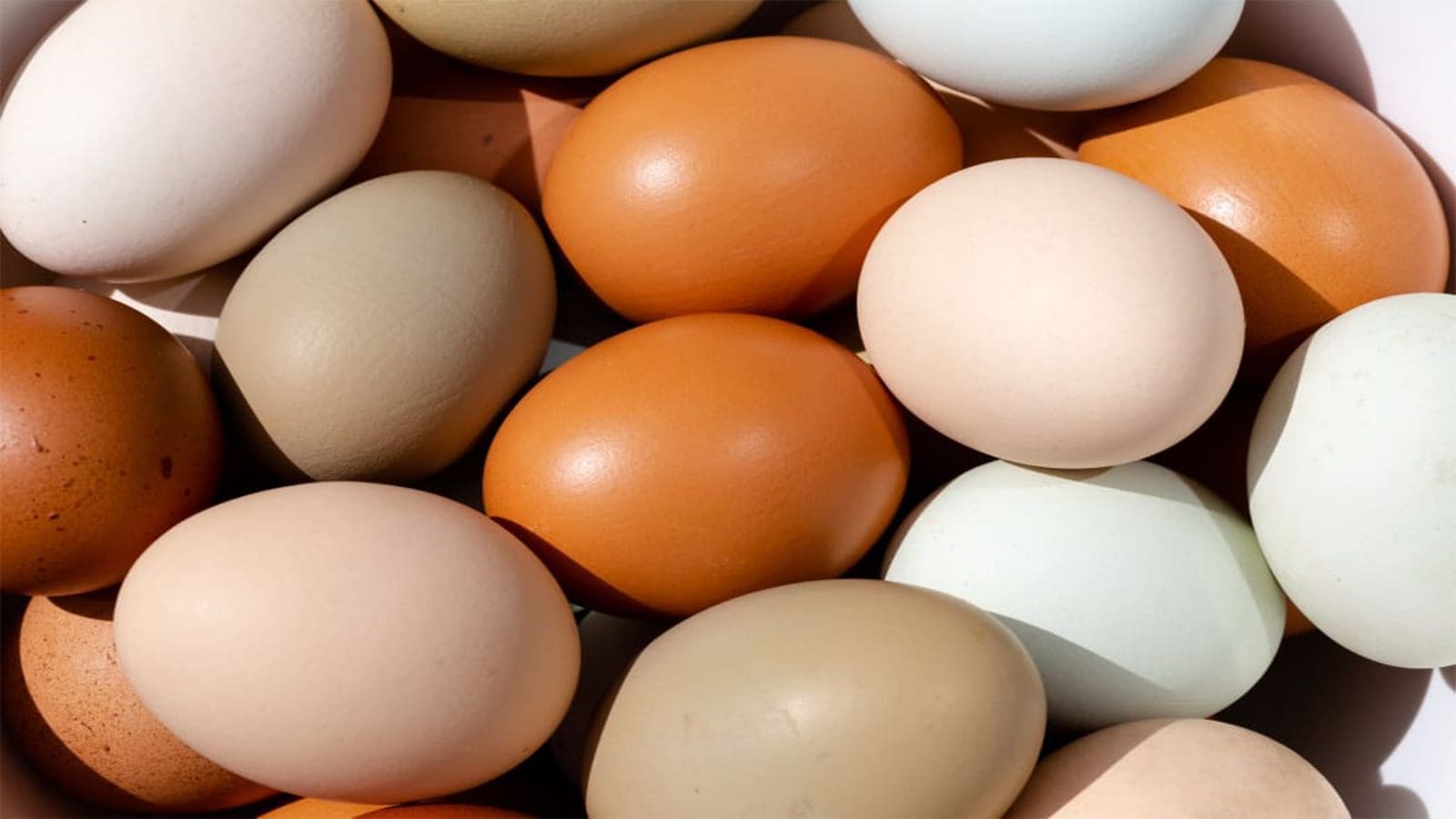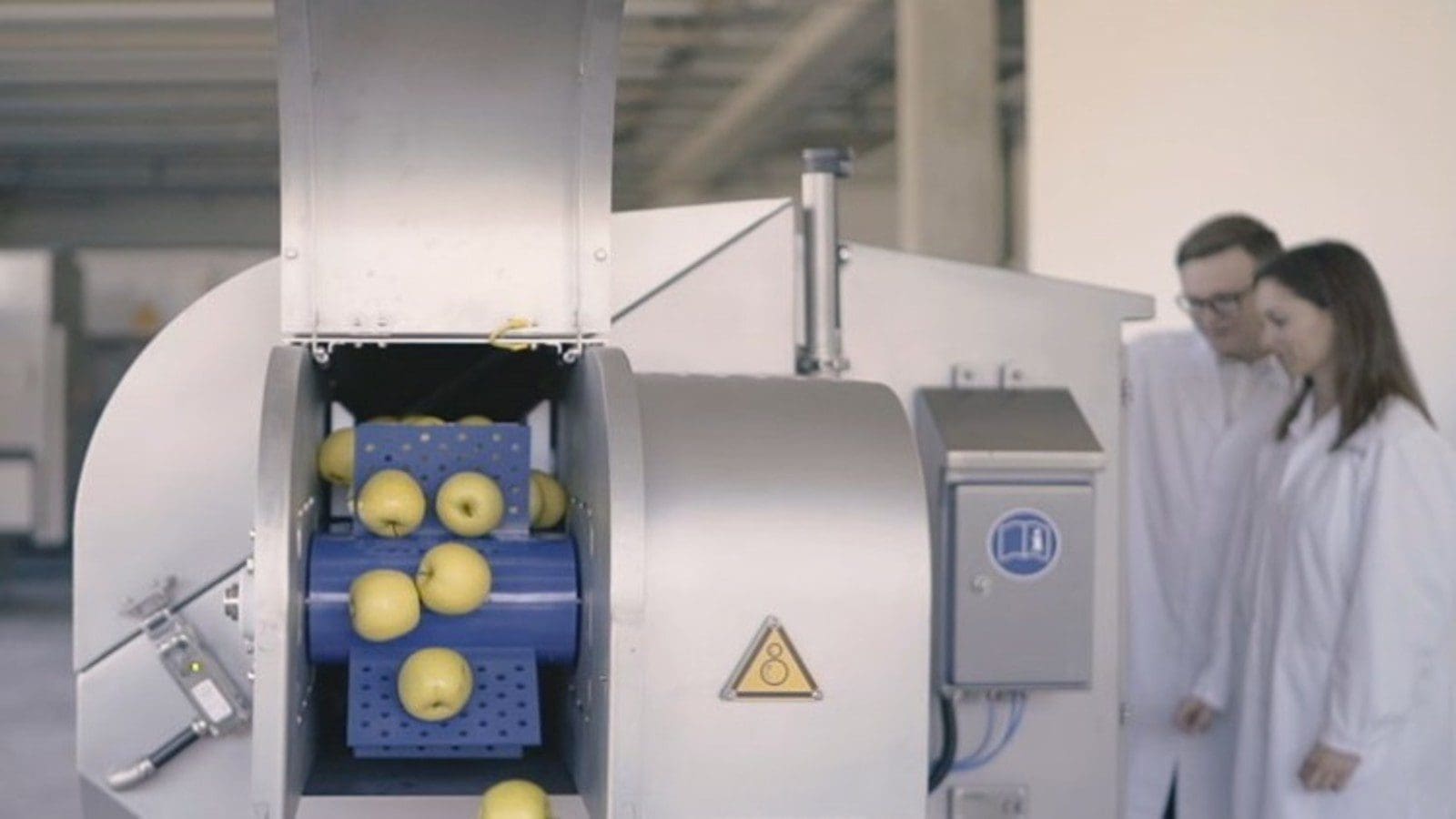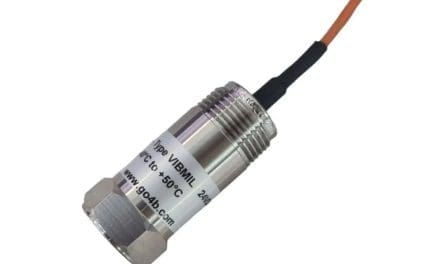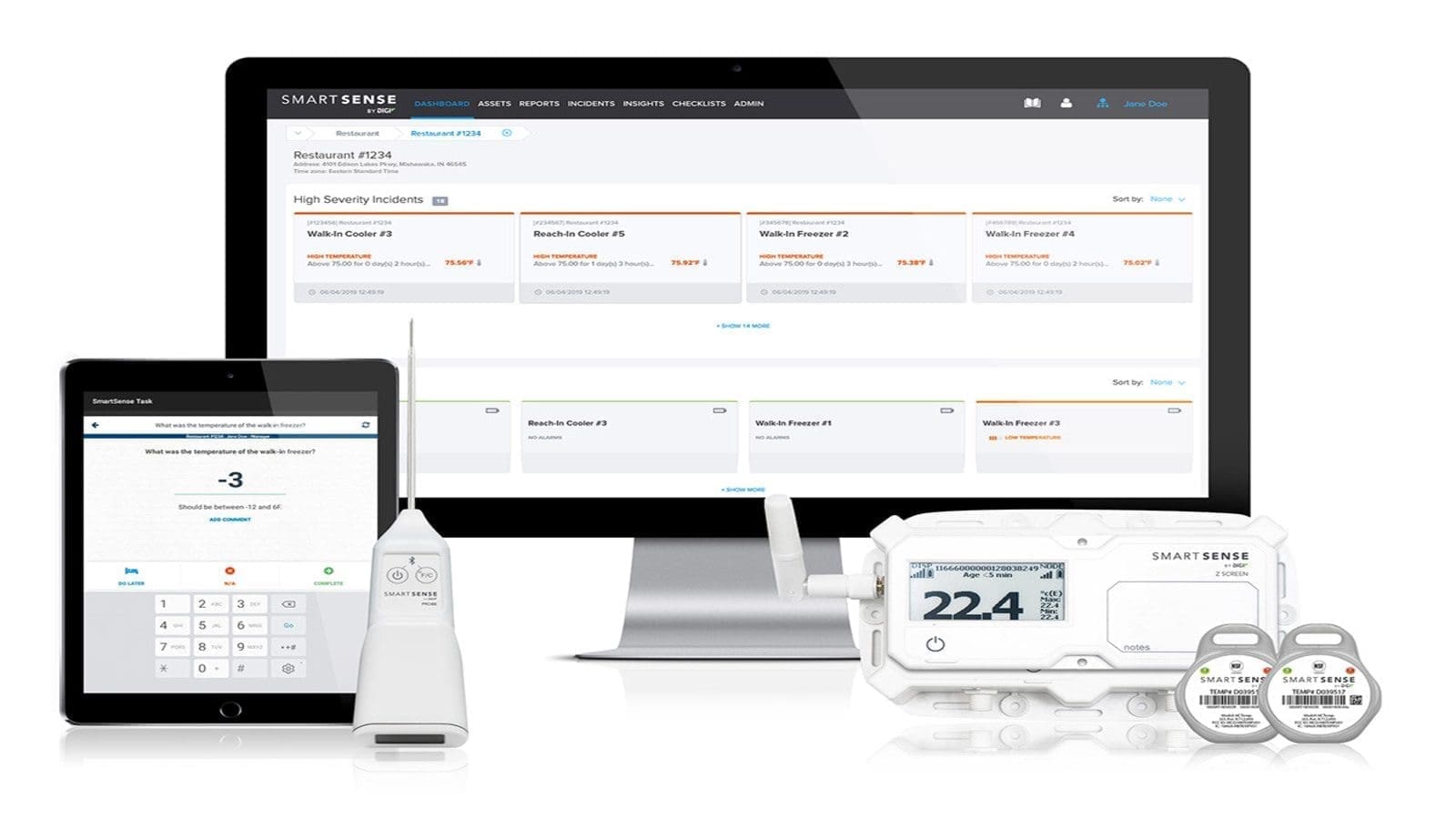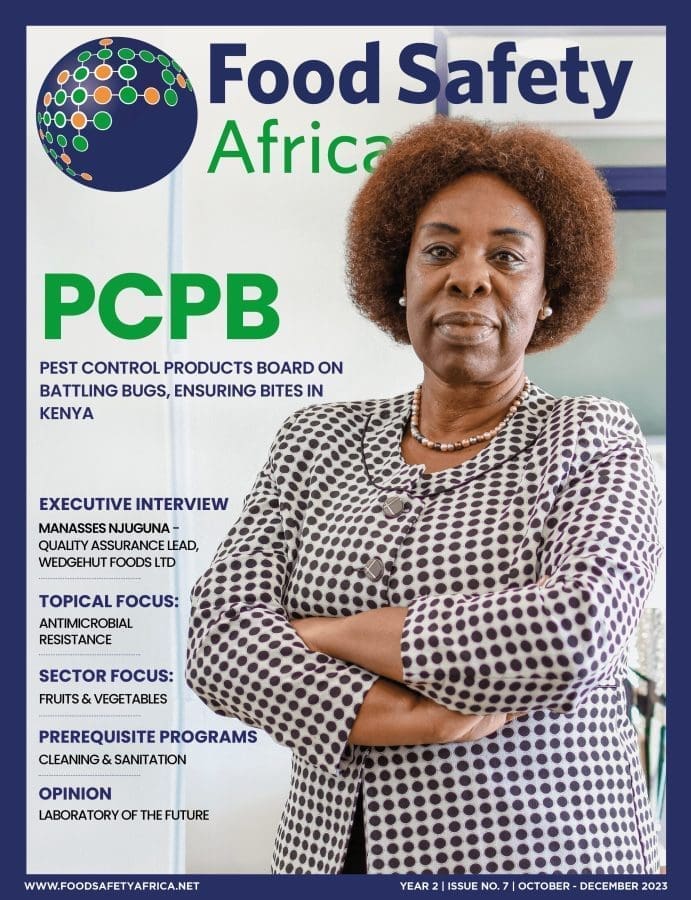U.S – The Food and Drug Administration (FDA) has issued final guidance for shell egg producers on how to comply with certain provisions in the final rule titled, “Prevention of Salmonella Enteritidis in Shell Eggs During Production, Storage, and Transportation”.
The final guidance, “Prevention of Salmonella Enteritidis in Shell Eggs During Production, Storage, and Transportation (Layers with Access to Areas Outside the Poultry House): Questions and Answers Regarding the Final Rule,” is FDA’s fourth guidance to help industry comply with the egg rule.
This guidance provides recommendations on how egg producers who allow hens access to areas outside the poultry house can meet requirements to prevent Salmonella Enteritidis (SE) from contaminating shell eggs on the farm.
SE is the most common cause of foodborne illness outbreaks tied to consumption of shell eggs.
In response to comments submitted to the draft guidance, FDA is designating a porch as an area outside the poultry house rather than part of the poultry house, a significant change from the draft guidance issued in July 2013.
A porch consists of an area enclosed with fence material; a roof or other covering (solid or made of wire or netting); and a floor of concrete, dirt, or grass. Hens use access holes to move between the poultry house and the porch.
Unlike the poultry house, the porch does not provide substantial protection from the elements or predation, nor does it allow for control of temperature, humidity, and lighting.
FDA does not consider the porch to be a building, structure, or part of a structure used to house poultry, and it therefore does not consider the porch to be part of a poultry house.
“FDA believes that egg producers can provide laying hens with access to areas outside the poultry house, which includes porches, outdoor runs and pastures and still comply with the egg rule,” says FDA.
In order to be compliant, egg producers must take steps to ensure there is no introduction or transfer of SE into or among poultry houses.
They can achieve this by taking practical steps to control for SE in the areas outside the poultry house, to help ensure that SE will not be introduced into the poultry house.
The guidance describes the most common types of egg production operations for laying hens with access to areas outside the poultry house, and explains how egg producers can take SE prevention measures such as monitoring for rodents and flies in areas outside the poultry house to help prevent SE in shell eggs.
The egg rule, which was finalized in 2009 and took effect in 2010, is designed to prevent SE from contaminating shell eggs on the farm and to prevent SE growth during storage and transportation.
It requires that virtually all egg producers with 3,000 or more laying hens adopt measures designed to prevent SE.
Exempt from the rule are producers with less than 3,000 laying hens and those that sell all of their eggs directly to consumers.
The egg rule defines a “poultry house” as “a building, other structure, or separate section within a structure used to house poultry. For structures comprising more than one section containing poultry, each section that is separated from the other sections is considered a separate house”.
Liked this article? Subscribe to Food Safety Africa News, our regular email newsletters with the latest news insights from Africa and the World’s food safety, quality and compliance. SUBSCRIBE HERE


